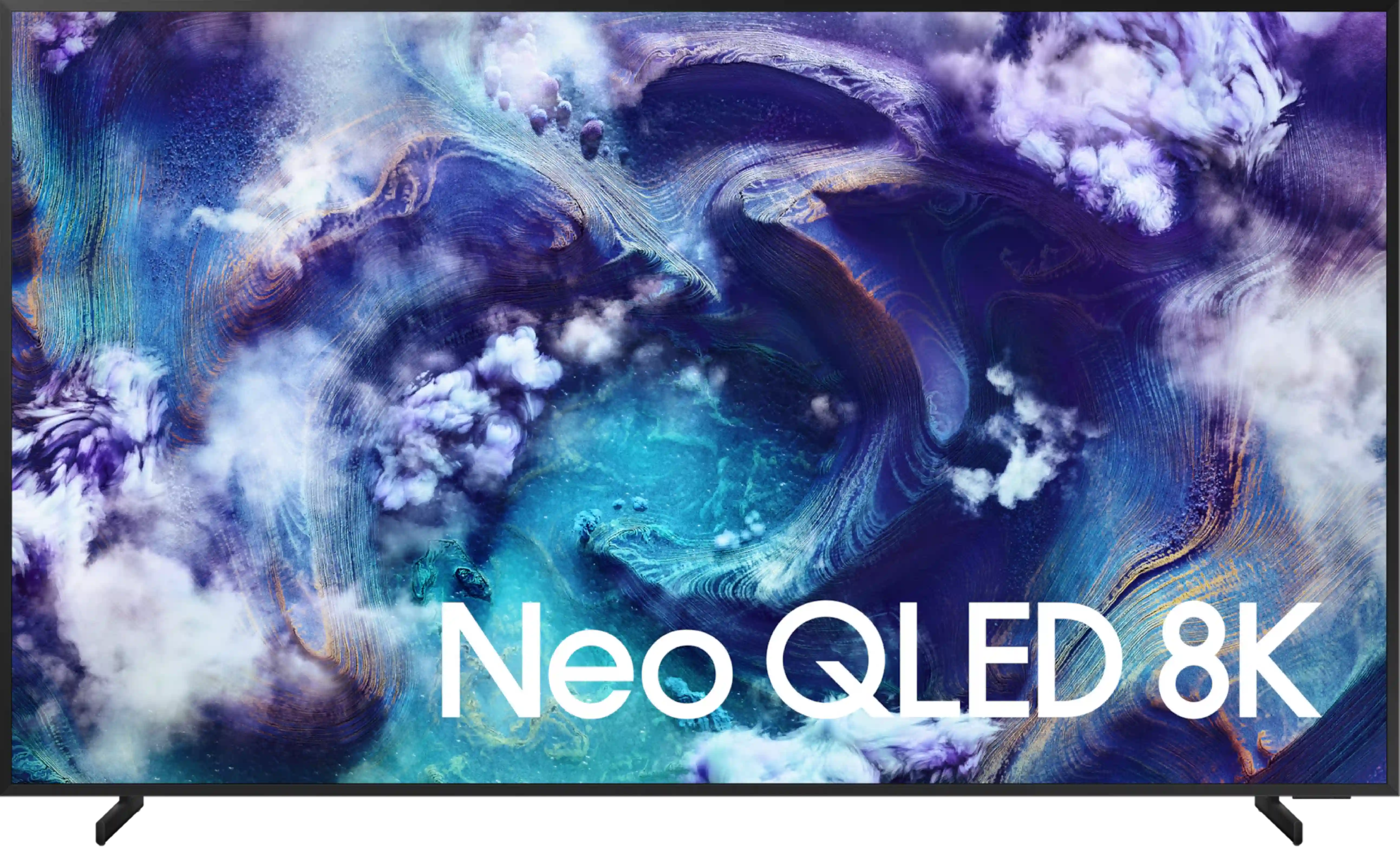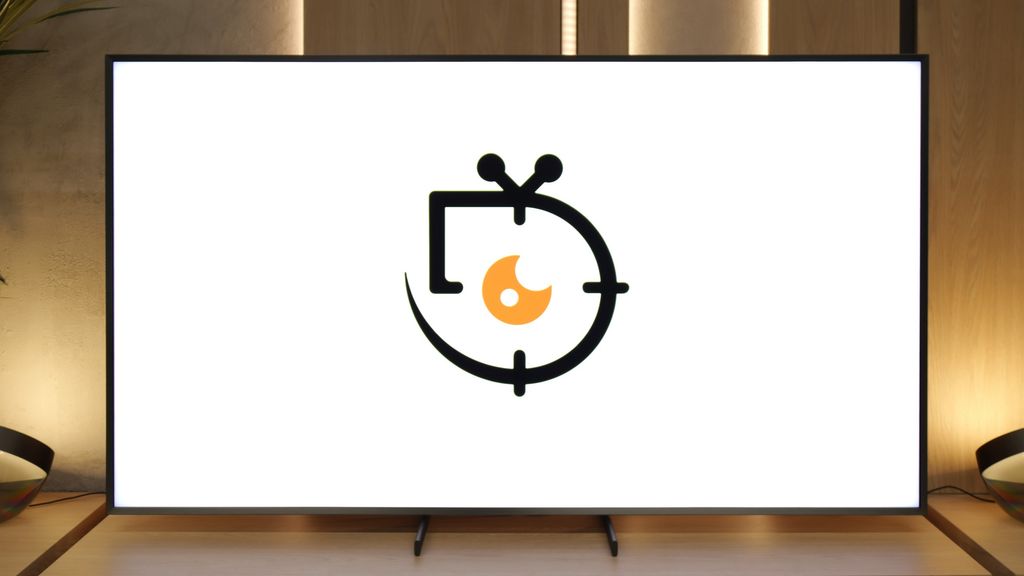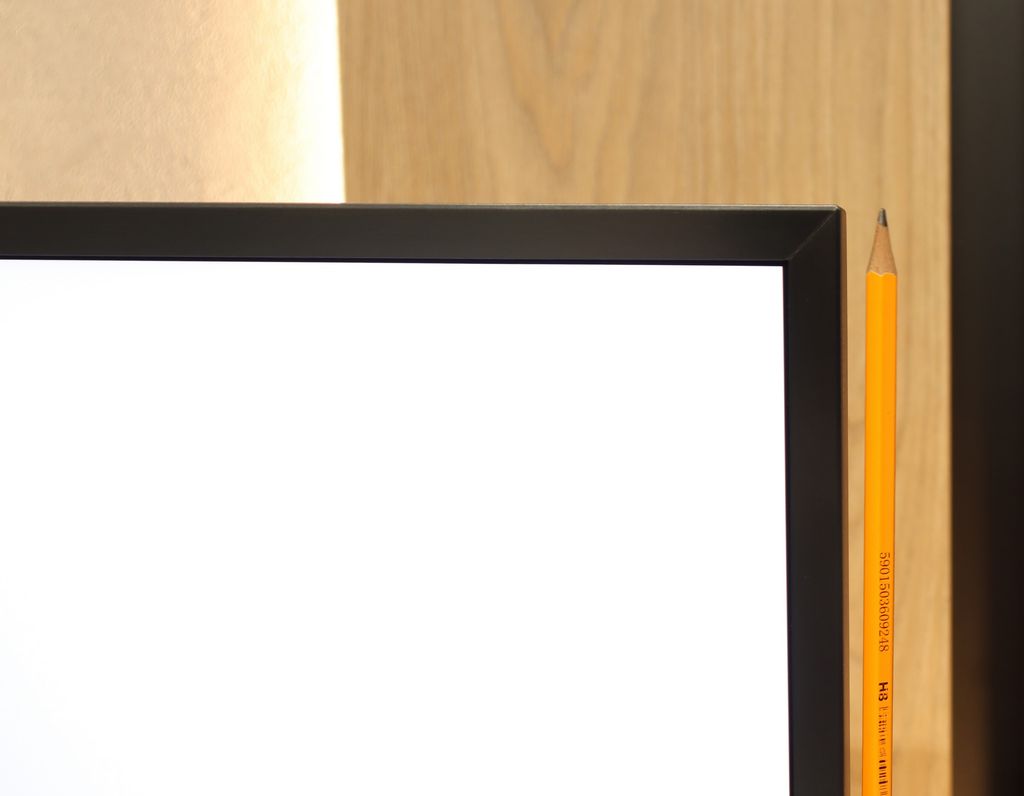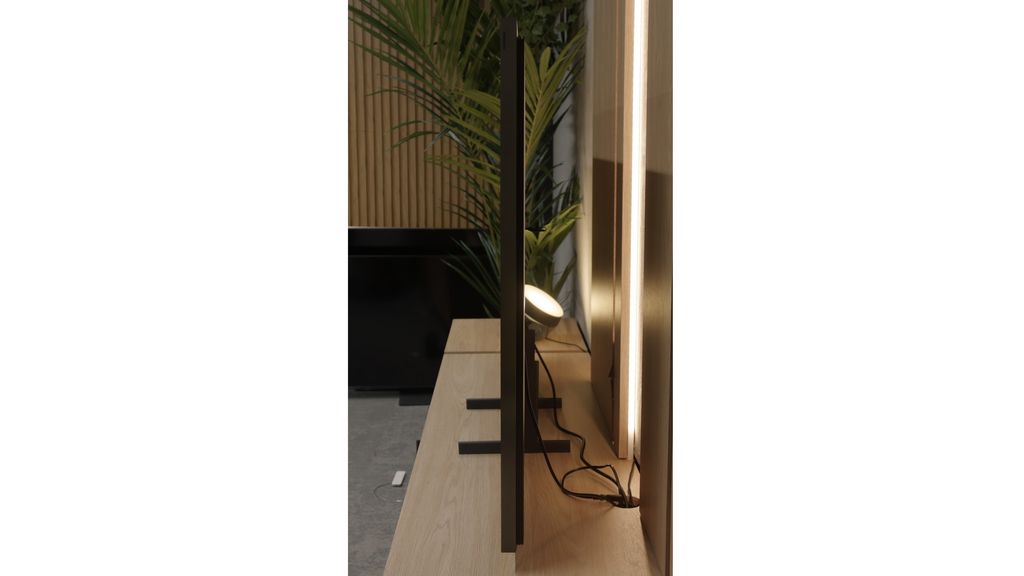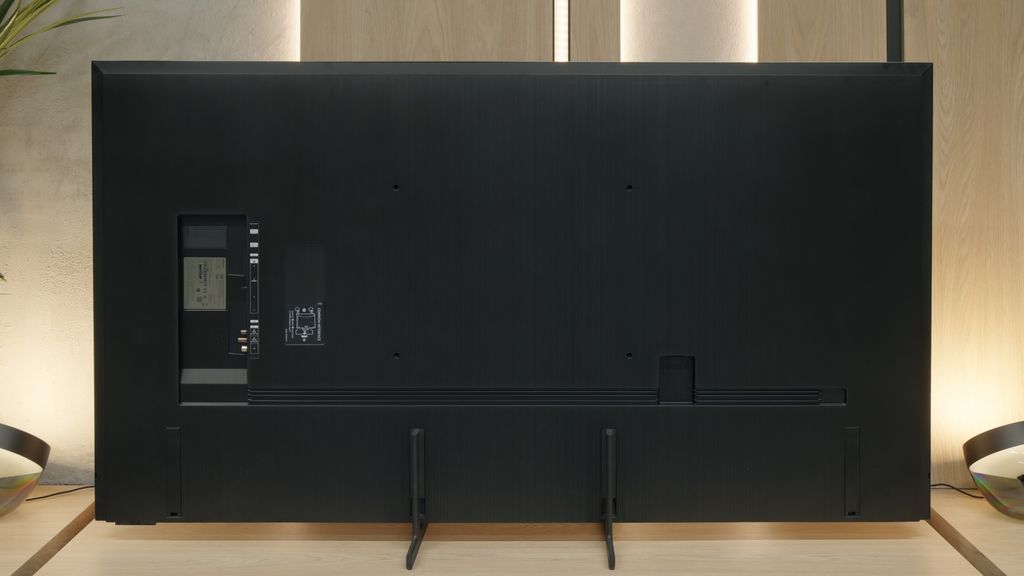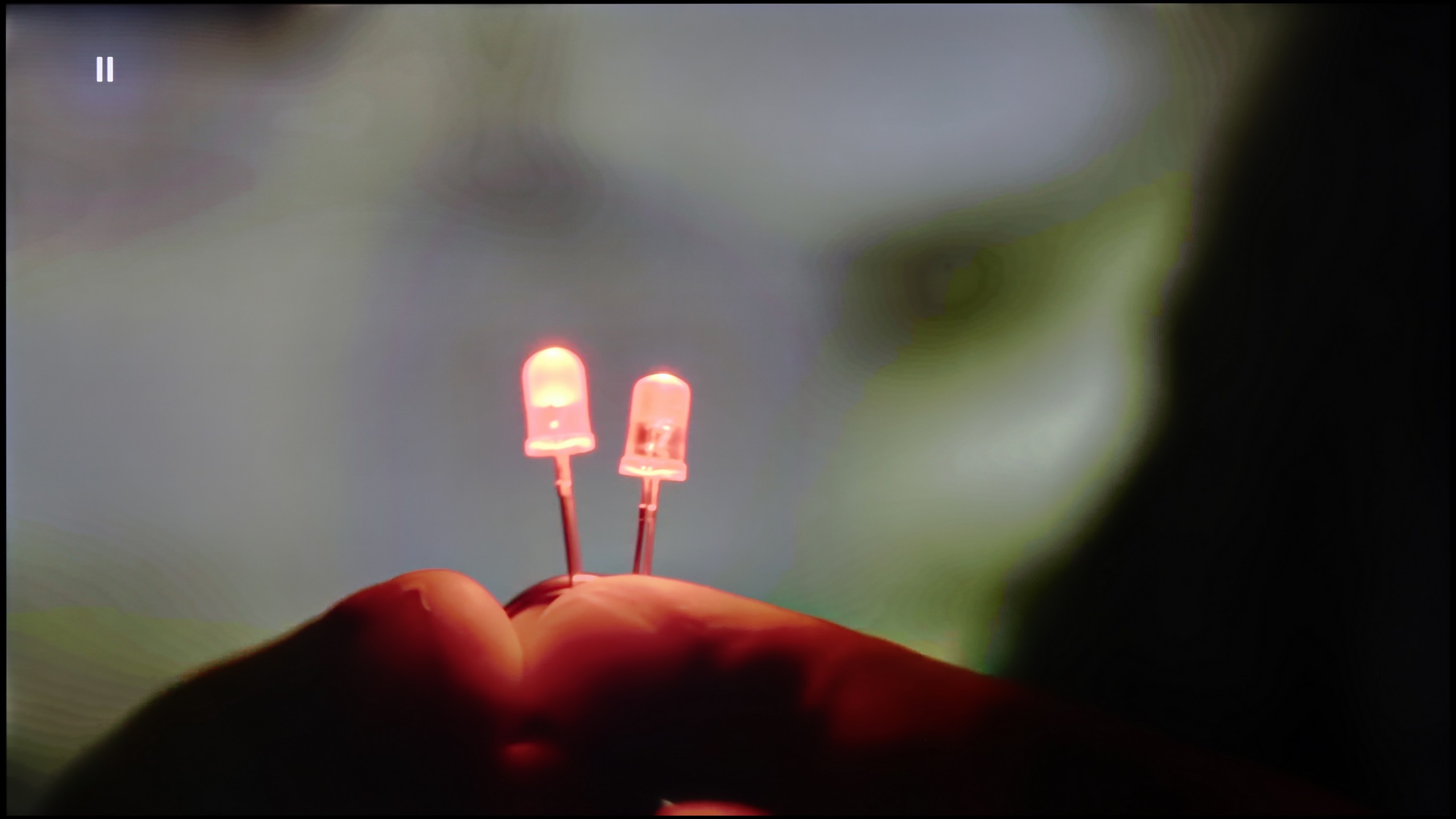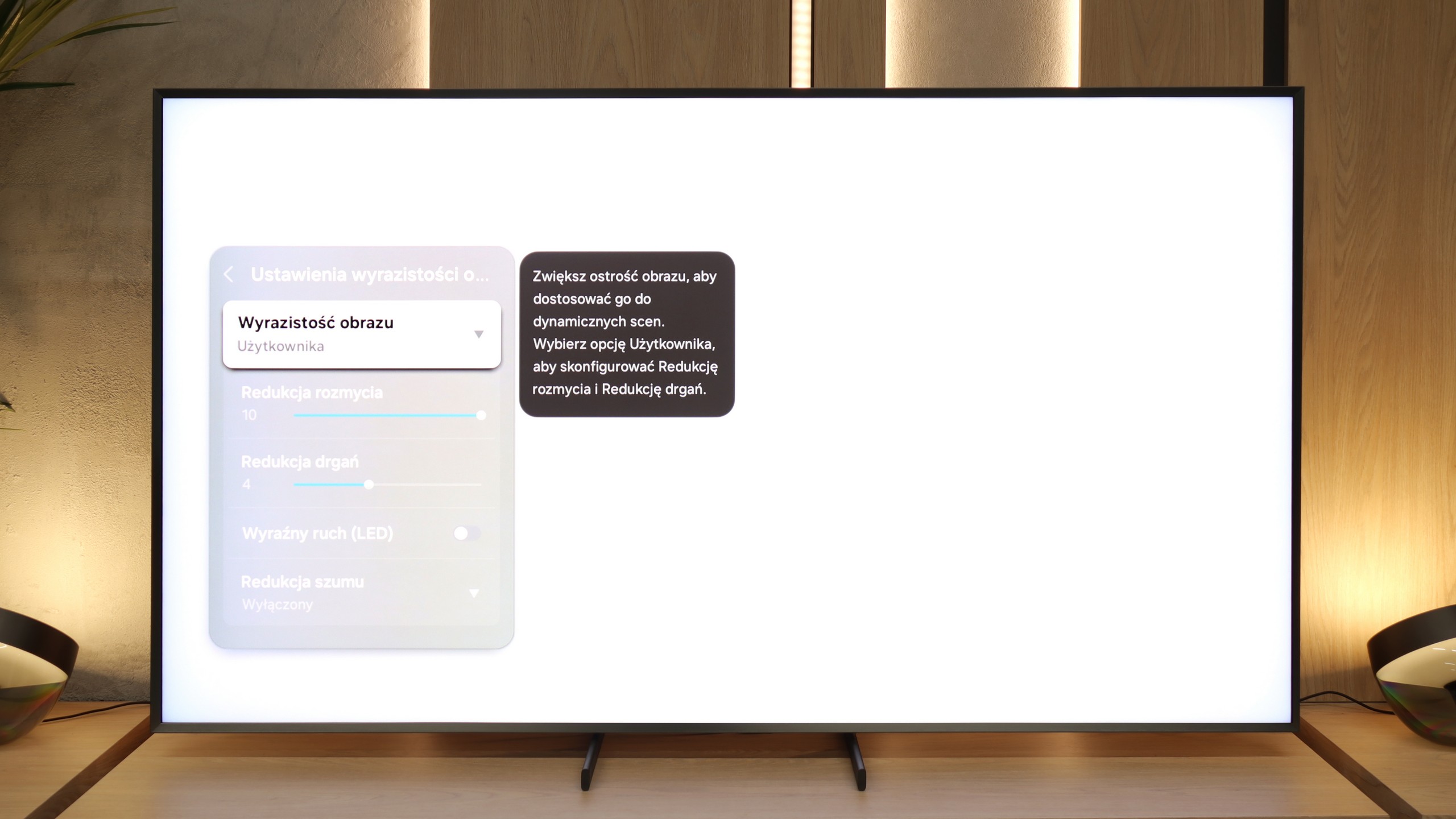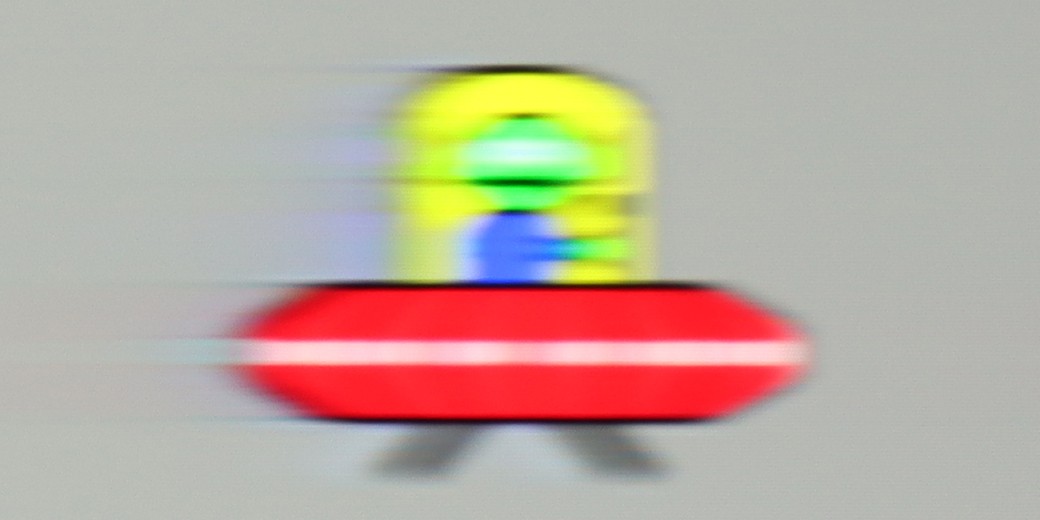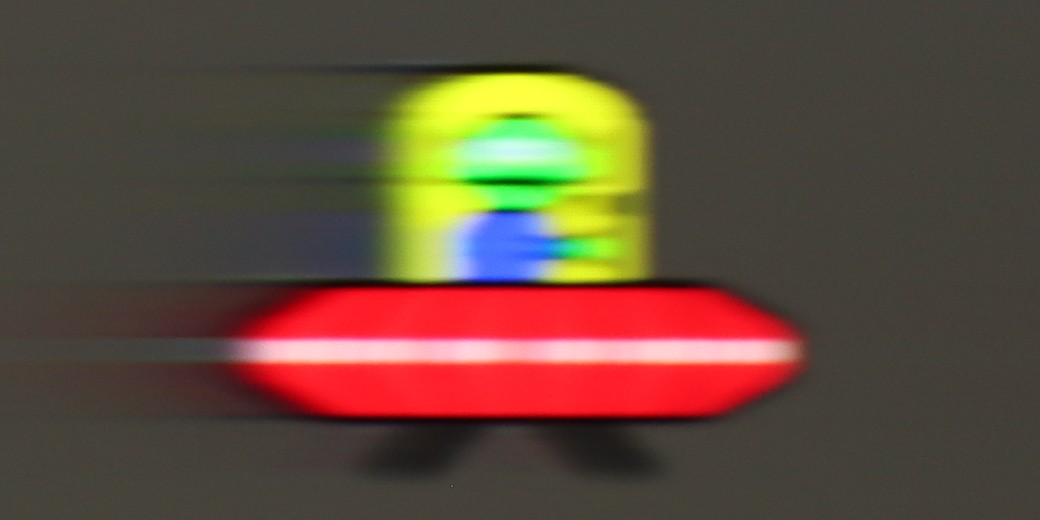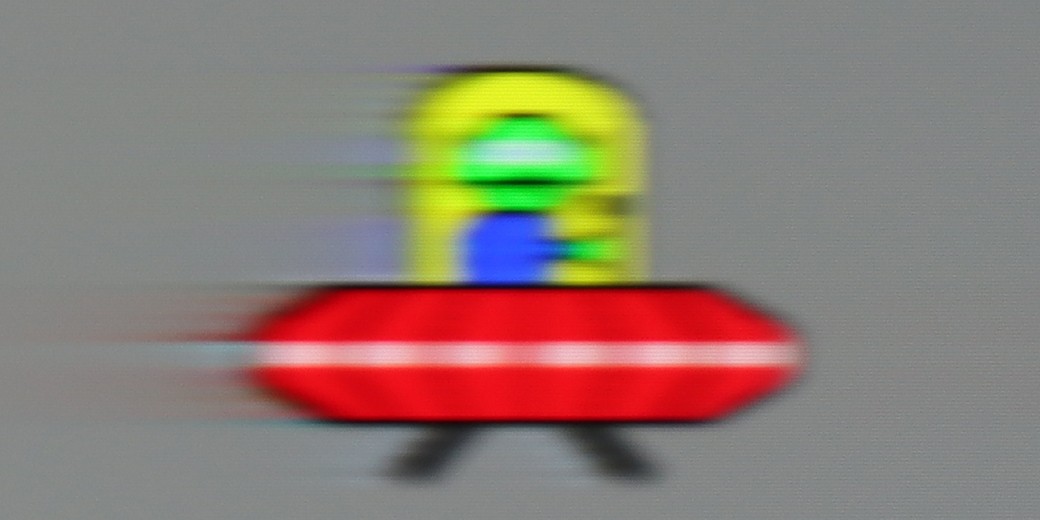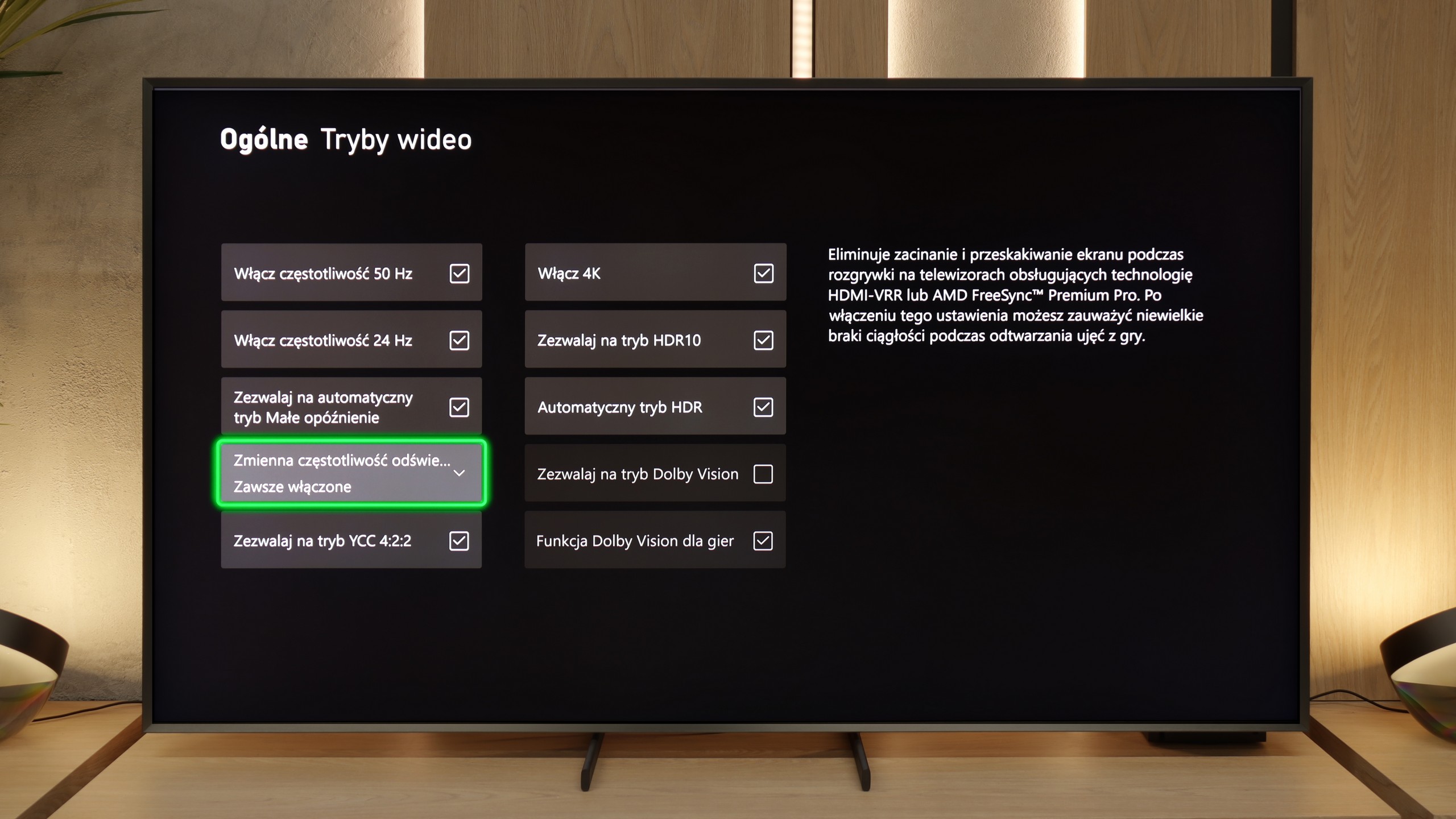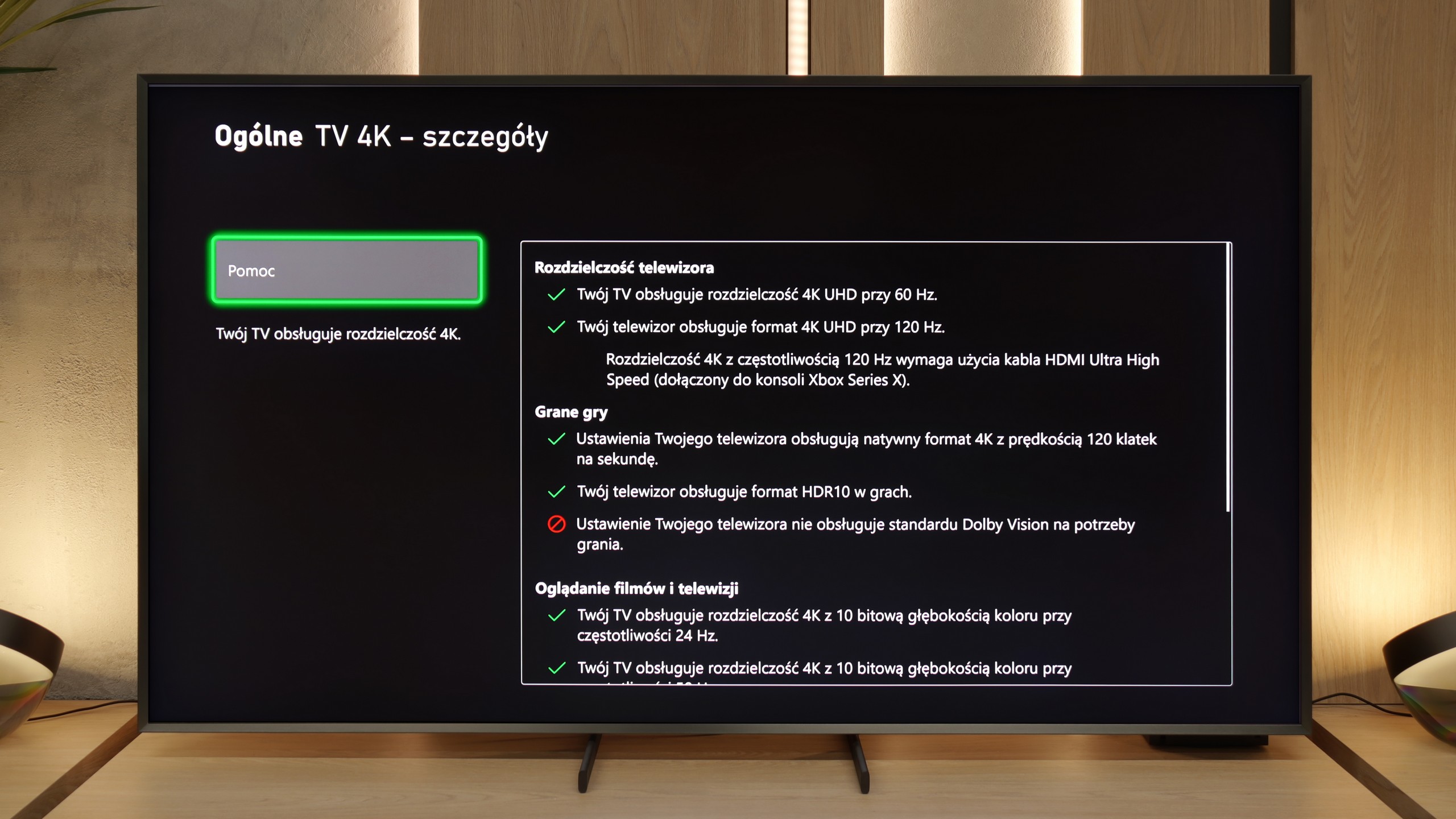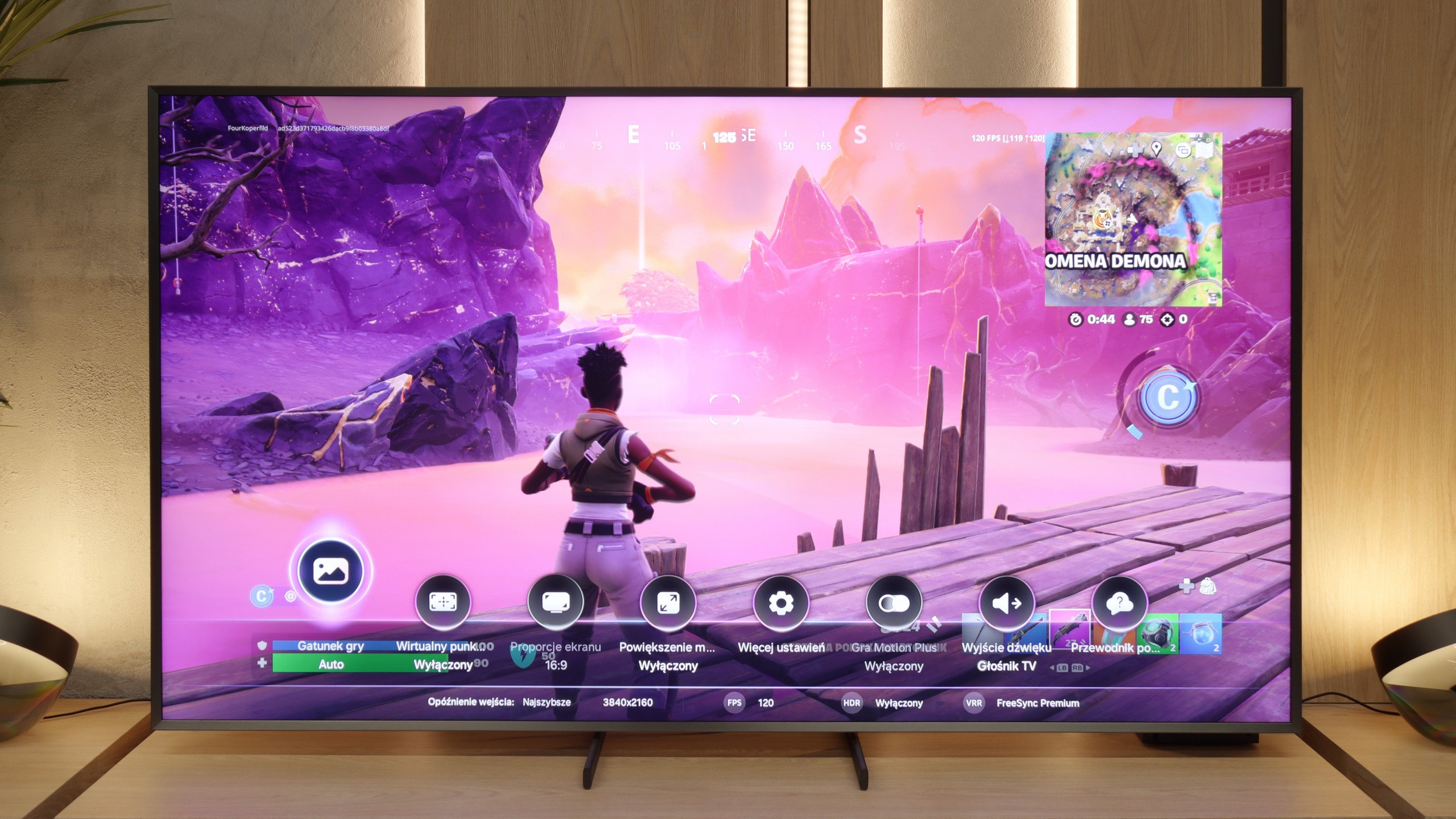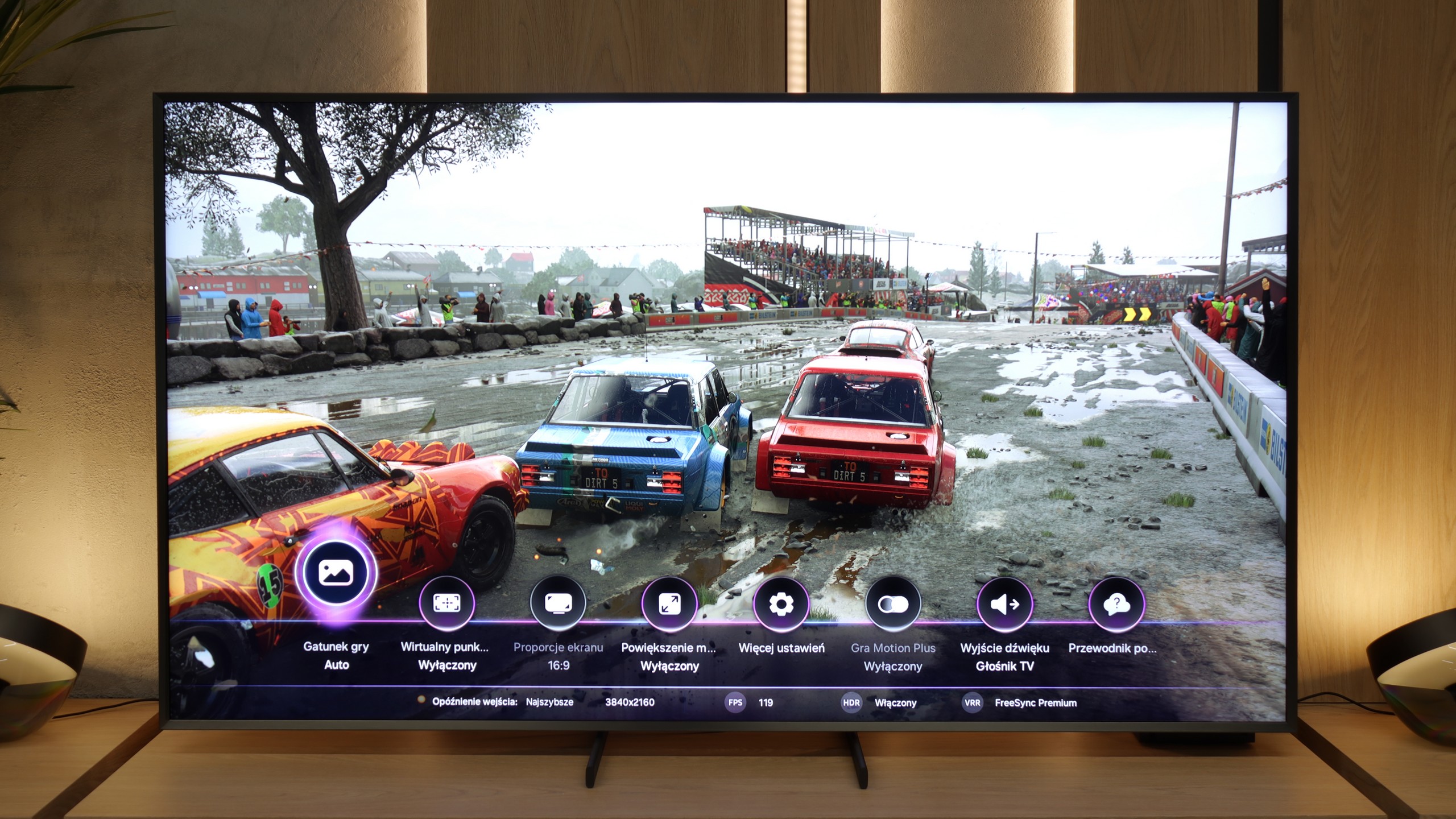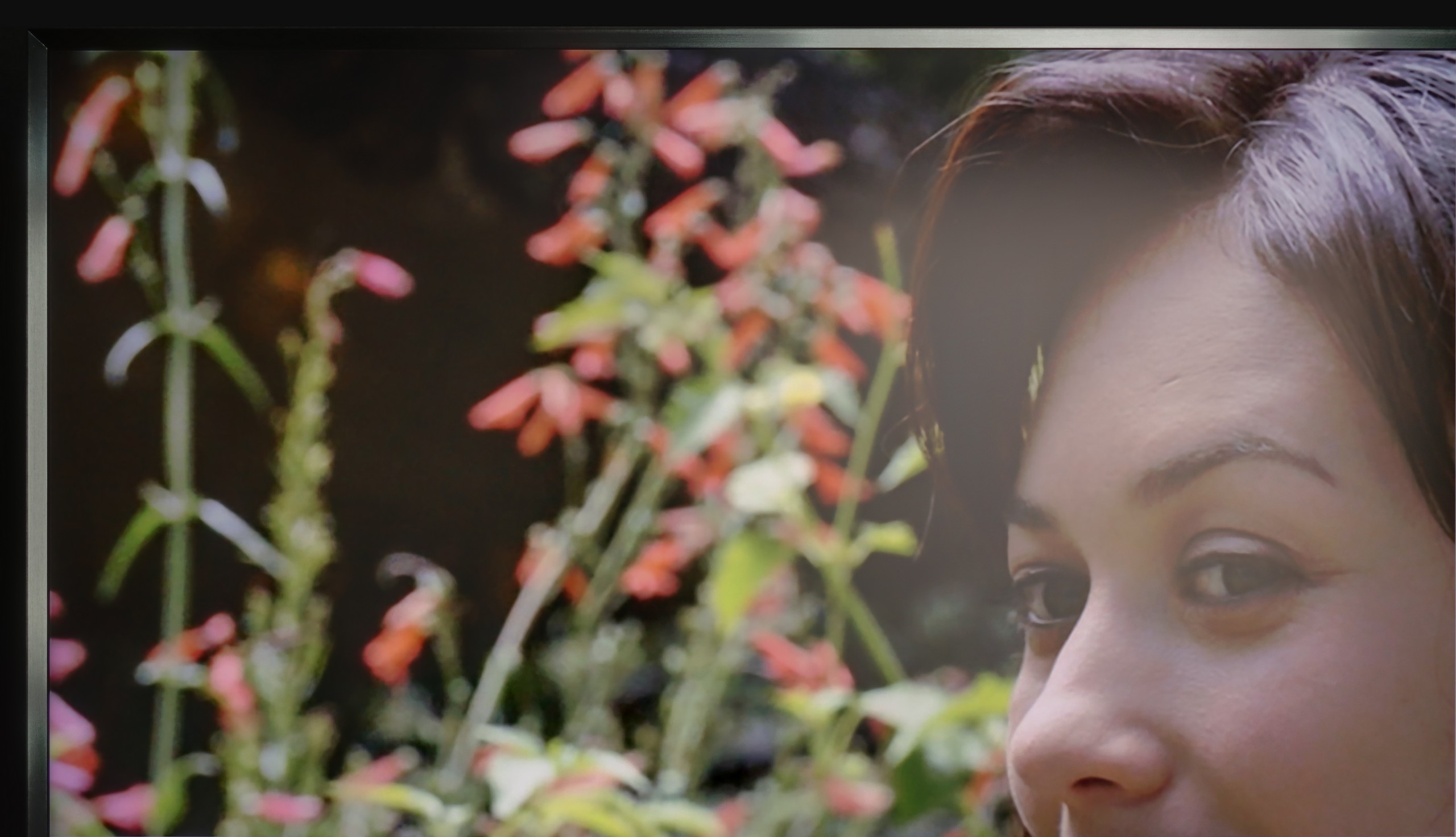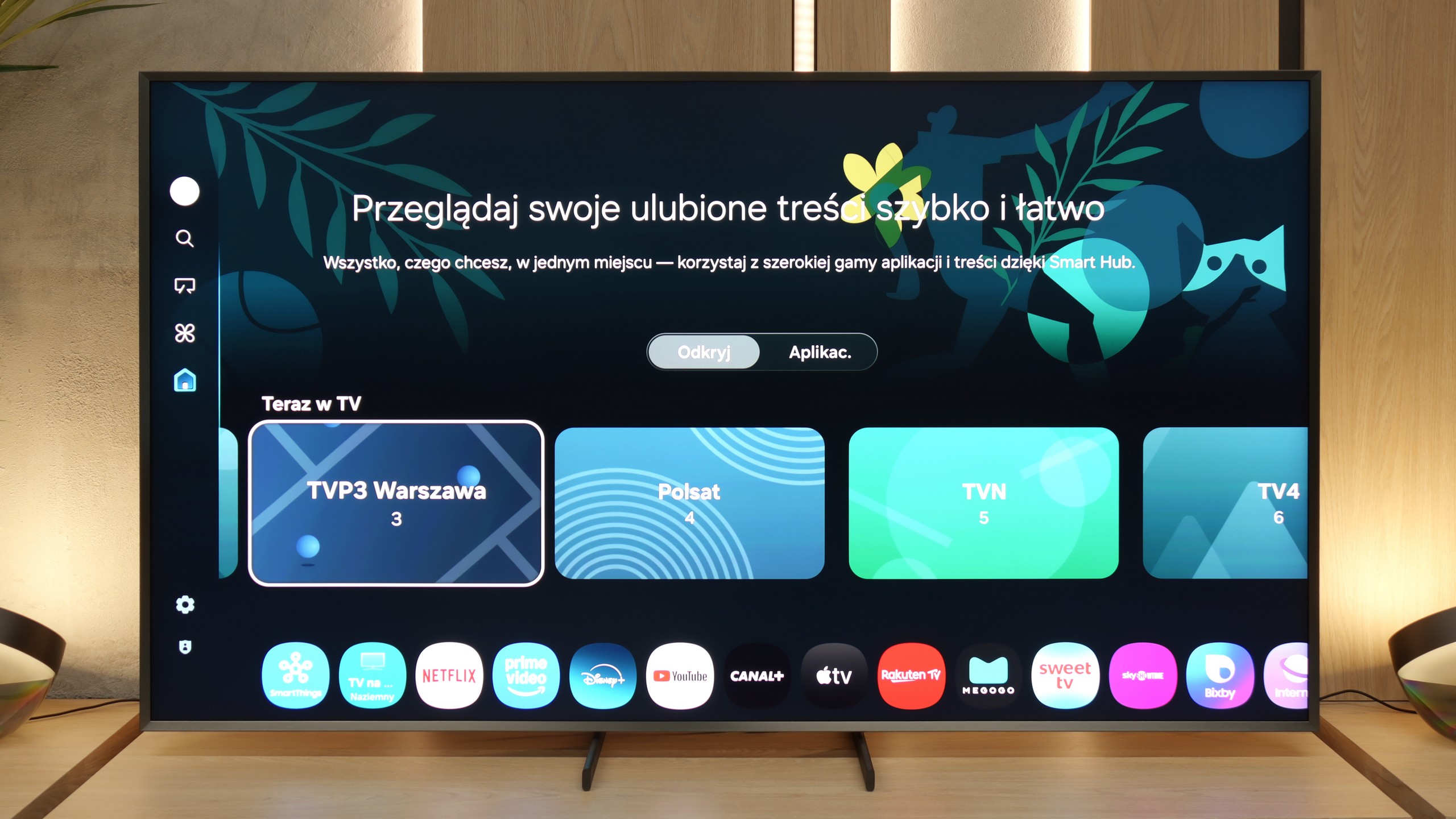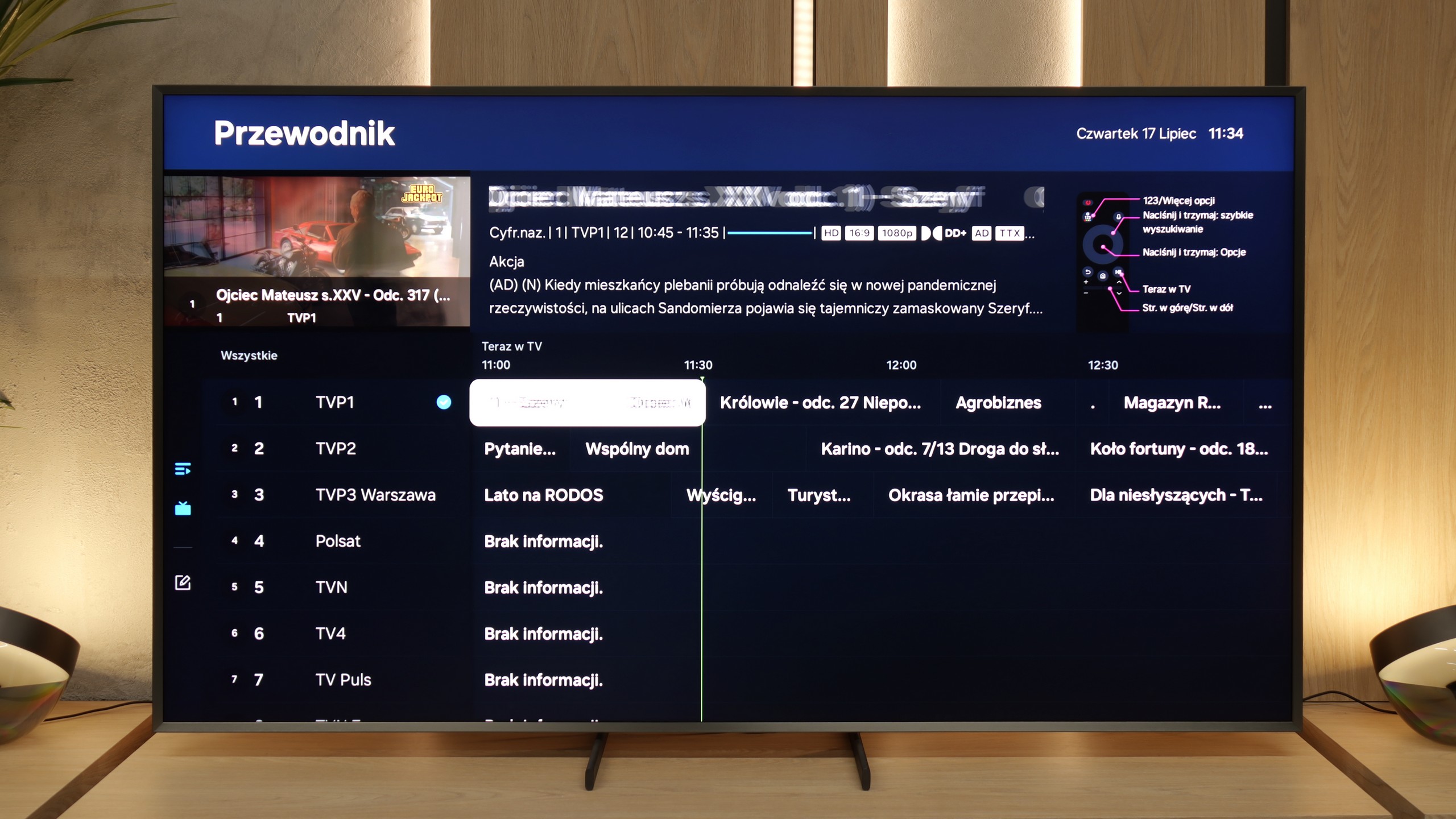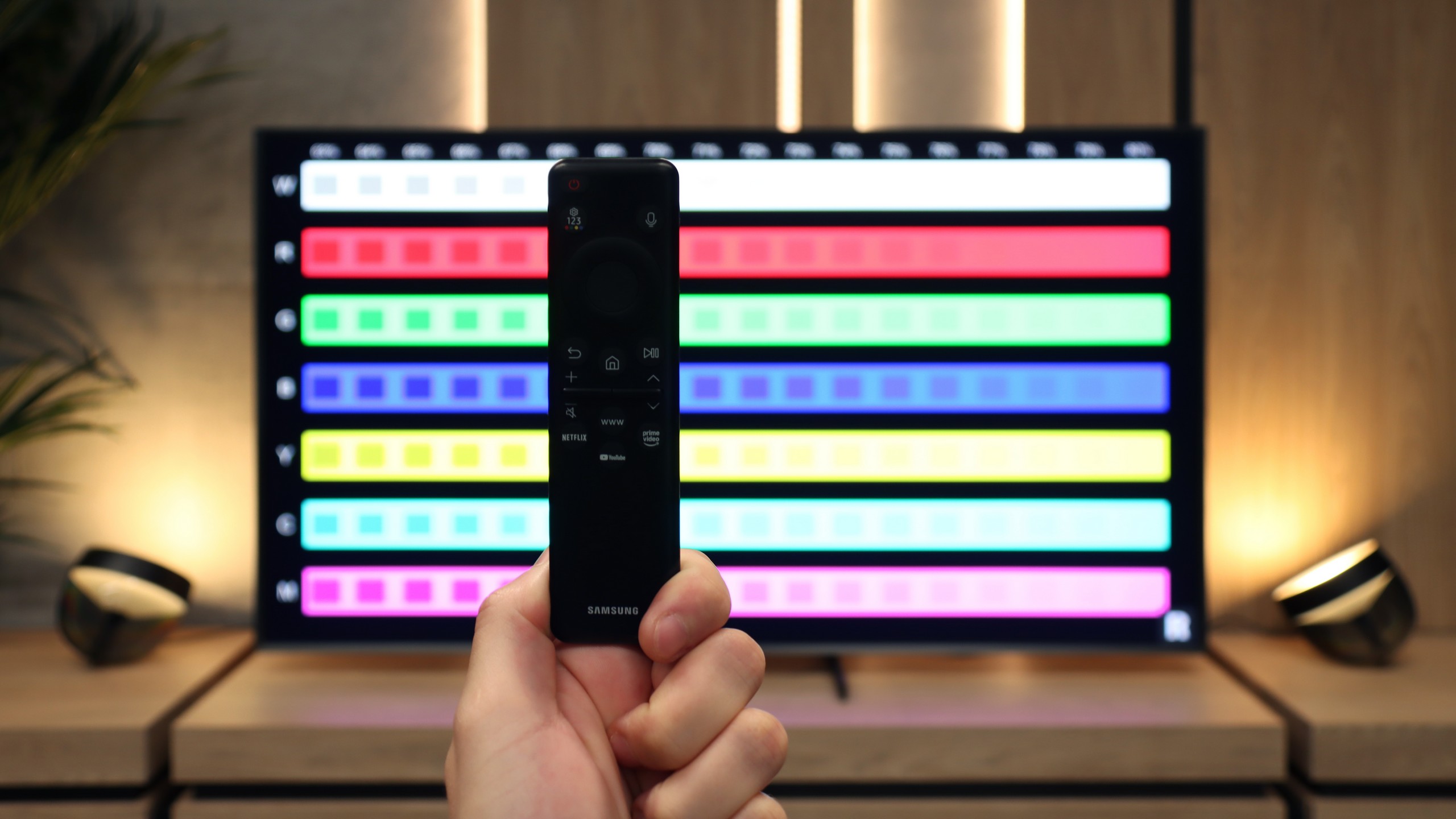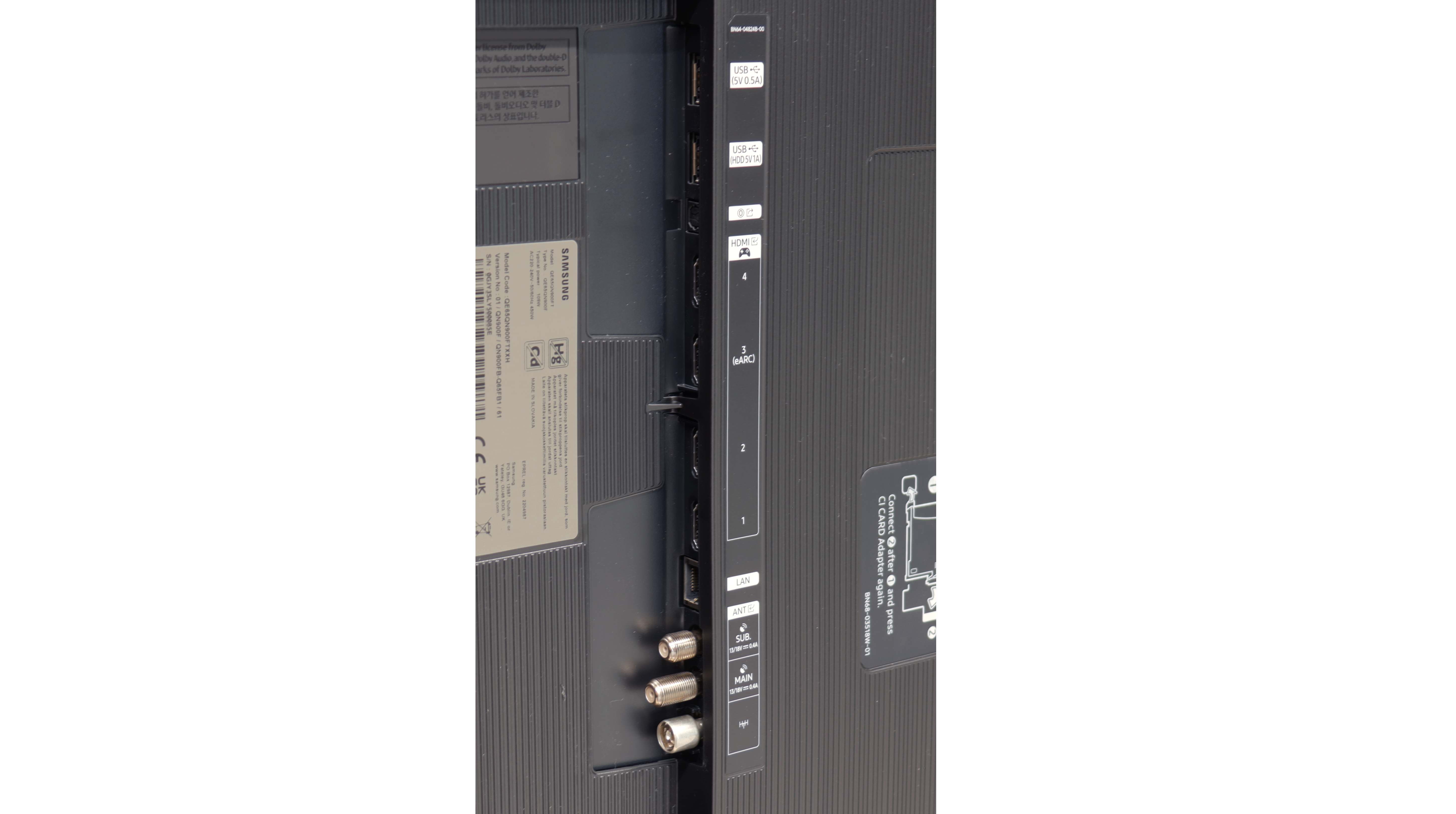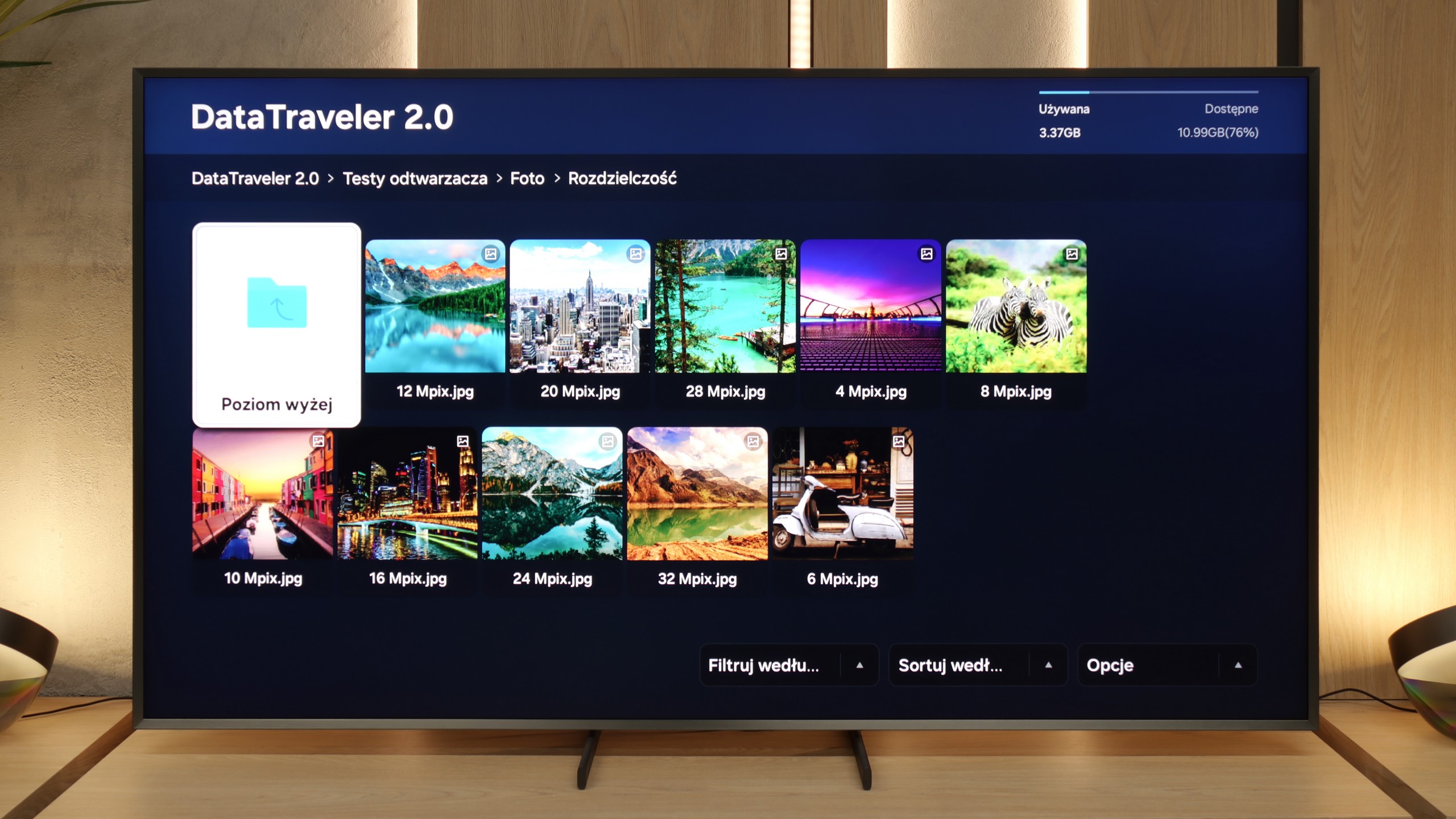Television Features
QN900F has a lot to offer. In addition to standard connections and tuners, it also has many television-specific features. There’s teletext, a clear EPG, and even a PiP function, which is quite rare these days. The QN900F easily handles other devices using the included solar remote, which in a sense compensates for the lack of recording from the built-in antenna tuners.
Smart TV
When it comes to smart features, Samsung as usual provides plenty – there’s a large number of applications (though not all), and Tizen on the QN900F ran very smoothly. It’s also hard to find a better television for connecting external devices – AirPlay, Miracast, Chromecast – everything works flawlessly. An interesting feature is the Art Gallery mode, which – like in The Frame – allows you to display images on the screen when it’s off. With quite a thick, massive frame, the effect is really impressive – it looks like a digital painting on the wall and could leave a lasting impression. So, you could call the QN900F extravagantly The Frame Super Extra Pro 😉
Functional Features
Let's start with the basics, which are the classic functions of a television. The Philips OLED770 doesn’t turn the table here; we have a standard EPG interface, the ability to connect devices via Bluetooth, and a few simple configuration options including teletext. Interestingly, there is a jack connection, which is becoming quite rare these days. However, those with older receivers or wired headphones will appreciate it. The remote creates a good impression – it’s ergonomic and has a backlit numeric keypad – but there’s also a sense of a step back here. It works via infrared, so you have to aim it at the television, and frankly, by 2025 we would expect full wireless support. The exception is voice commands, which use Bluetooth, but even here there’s no reason for euphoria.
SmartTV Features – TitanOS
Speaking of voice, let’s move on to the Smart TV system, which is an element that largely defines the daily comfort of using a television today. And here the OLED770 clearly lags behind the competition. TitanOS operates quickly enough that it's not a disaster, but daily use can be frustrating due to minor bugs and shortcomings. Theoretically, we get support for AirPlay, but on the other hand, screen mirroring just didn’t work at all in practice. Voice search? Yes, but only through Amazon Alexa and without support for the Polish language. In other words, the features are there, but when we try to use them, we find that their practicality is severely limited and nearly useless. And it’s this Smart TV aspect that becomes the greatest hindrance of the OLED770. The image can be astonishing, gaming is excellent, and Ambilight creates a unique atmosphere – but when we transition to daily use of apps and services, we feel a sense of dissatisfaction.
Ambilight – Philips OLED770
Although in terms of smart functionality, the Philips OLED770 is rather average, it has something in store that its competitors honestly envy. We’re talking about the three-sided Ambilight system, which has been a hallmark of this brand’s televisions for years. The LED lights positioned at the back of the housing dynamically illuminate the wall in colours matched to whatever is happening on the screen at that moment. The effect is simple but very suggestive – the image seems to extend beyond the boundaries of the television, giving us the impression that the screen has suddenly grown by extra inches. During a movie screening, it can create atmosphere, in games it enhances immersion, and during regular TV viewing, it simply pleases the eye. It’s this addition that makes it so that despite the limitations of TitanOS, the OLED770 has something that can attract attention and give it character.
